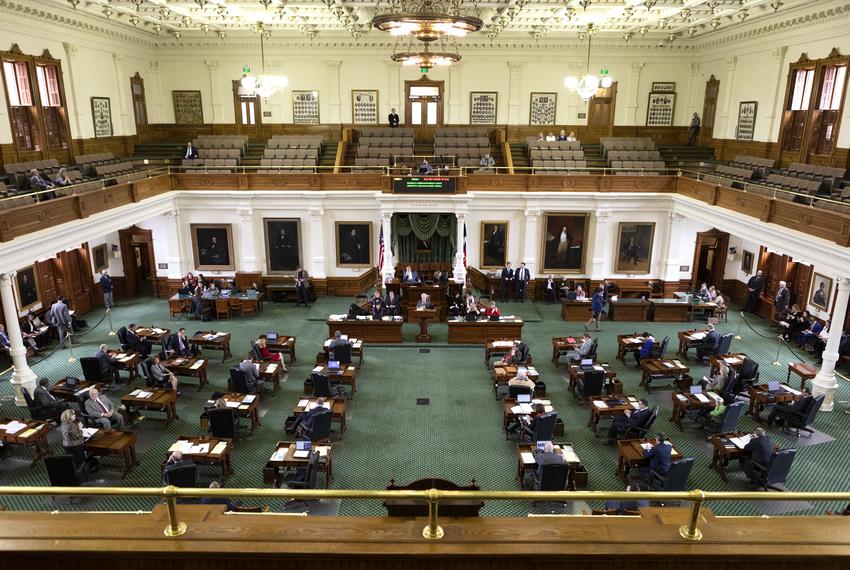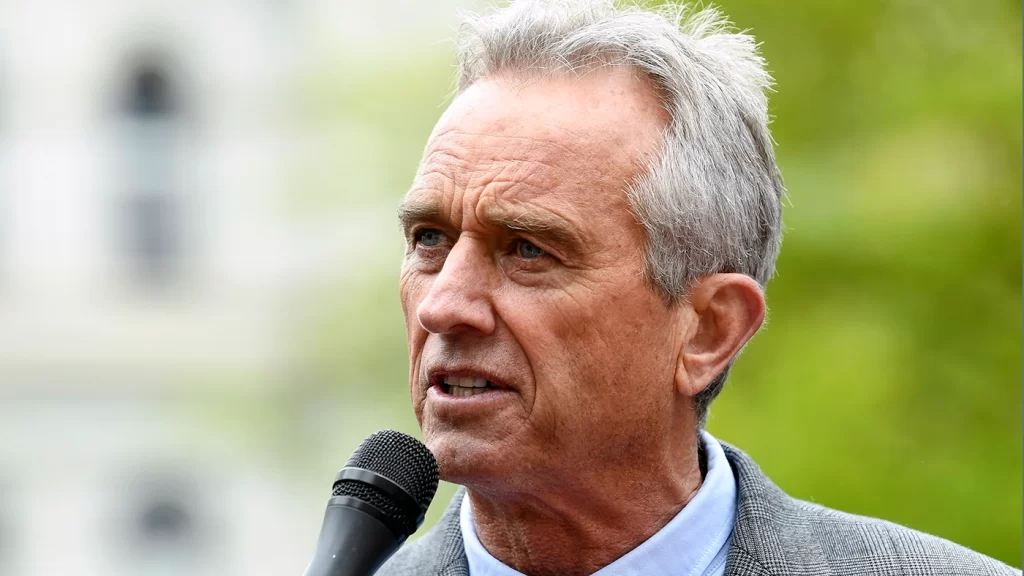Elon Musk, the CEO of the social media company X (formerly known as Twitter), has declared that the company will financially support users who face mistreatment from their employers due to their engagement with or content posted on the platform.
In a recent thread on X, Musk announced this initiative on August 5, promising to fund legal bills regardless of the scale of the lawsuits.
The announcement garnered significant support, amassing over 200,000 likes and prompting numerous users to express their interest in receiving funding for potential legal actions against their employers.
One such case was brought to the spotlight by The Libs of TikTok, which highlighted the situation of Kara Lynne, an employee of Limited Run Games, allegedly fired for following an account on X.
Musk personally responded to the post and inquired about the accuracy of the situation, to which Lynne confirmed that the headline was slightly oversimplified but essentially accurate.
This move by Musk reflects his self-proclaimed stance as a “free speech absolutist” and his disdain for cancel culture.
He has consistently advocated for reducing content censorship, especially concerning political and ideological views, on the X platform.
READ MORE: JPEG’d DeFi Protocol Recovers $10 Million in Stolen Crypto After Hacker Returns Funds
In December 2022, he tweeted that “cancel culture needs to be canceled,” and since taking ownership, X has reinstated several accounts that were previously banned for policy violations.
The recent announcement is part of ongoing changes at X, which underwent a complete rebranding from Twitter to X in July as part of its transformation into an “everything app.”
The platform has also introduced a revenue-sharing model for its users and, on August 2, rolled out an option for premium Blue service subscribers to hide their verified checkmarks.
Elon Musk’s commitment to supporting users facing employer mistreatment due to their activity on X showcases his dedication to promoting free expression and countering cancel culture.
As the company continues to evolve and expand its services, users are eagerly embracing the changes and participating in the ongoing transformation of the platform.
Other Stories:
Bitcoin’s Hodl Strategy Outperforms Crypto Funds by 68.8% in H1 2023
Elon Musk Puts Rumors to Rest: X Has No Plans to Launch Crypto Tokens
Chamber of Digital Commerce Publishes Impactful Analysis on SEC’s Ripple Lawsuit










